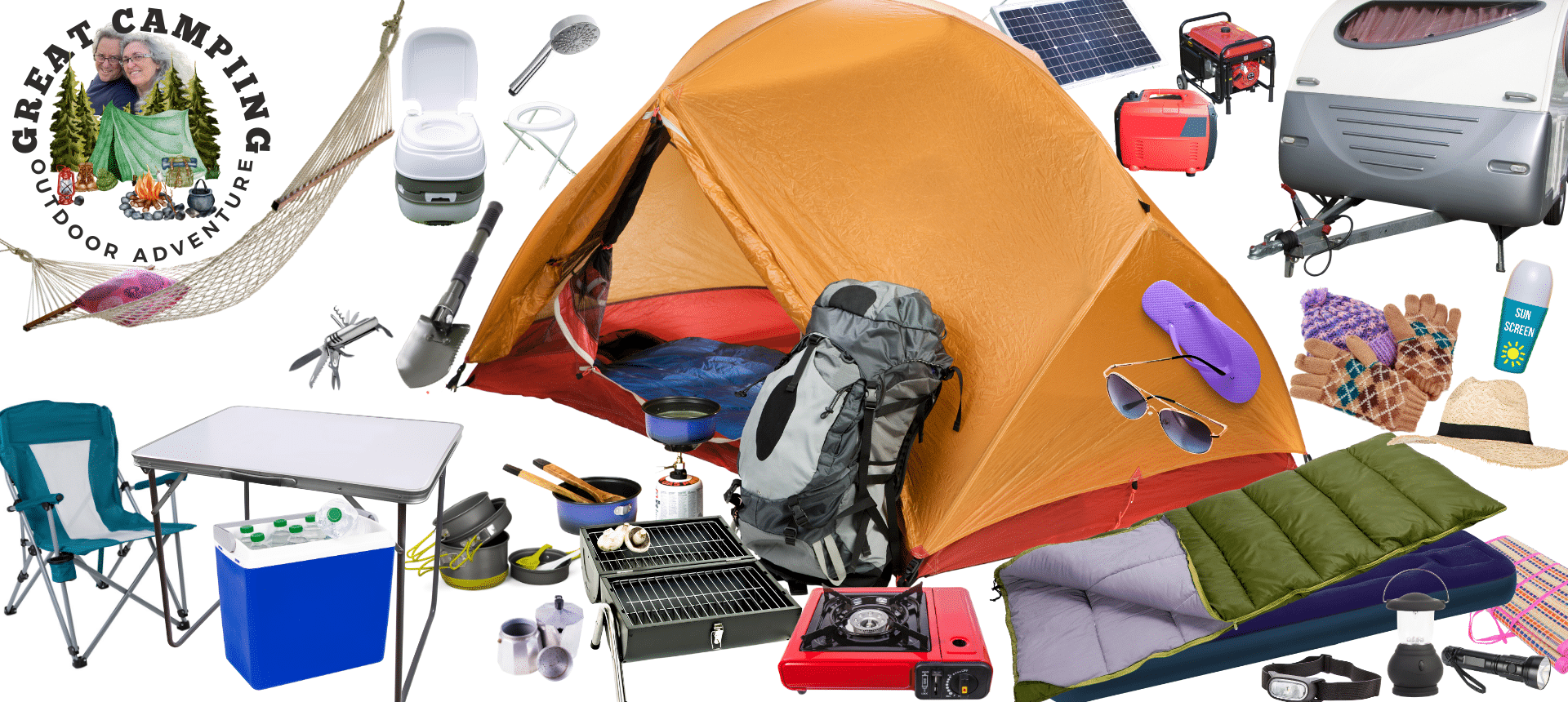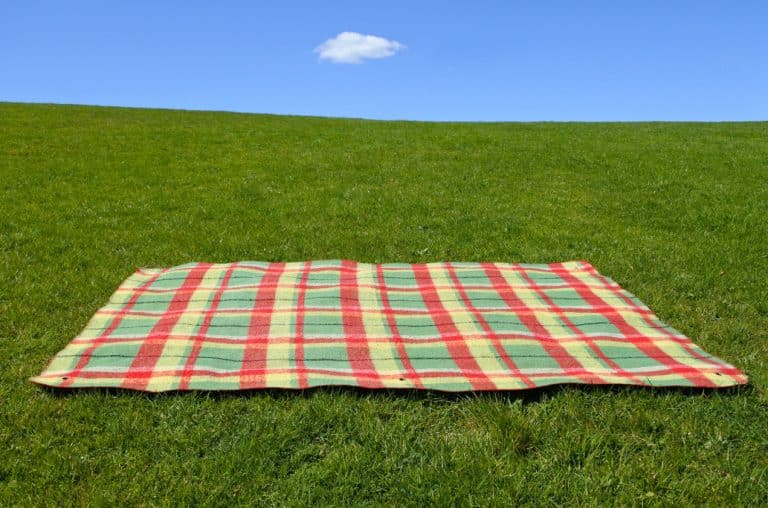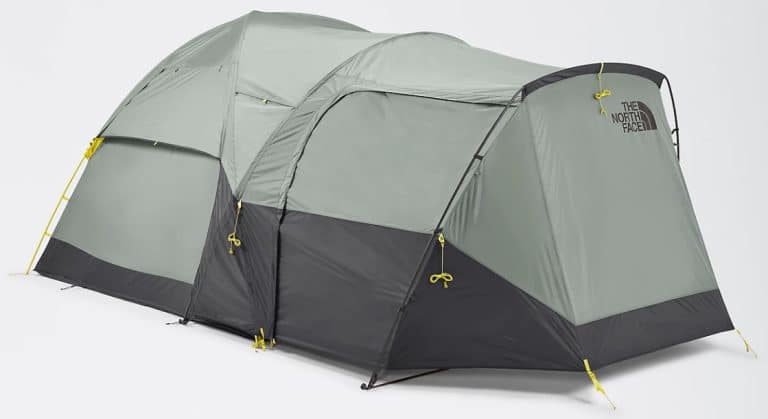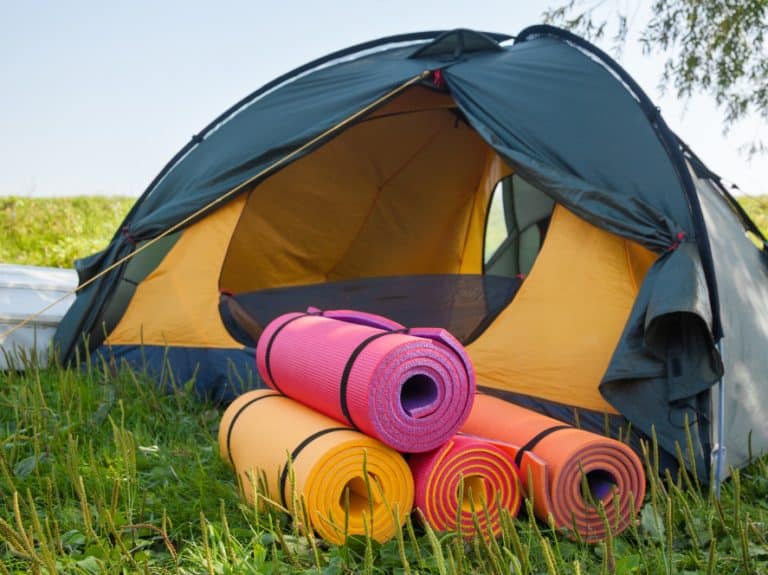A tent footprint is an essential accessory for your camping trips, providing an additional layer of protection between your tent floor and the ground. It helps prevent wear and tear, punctures, and moisture from seeping into your tent, ensuring a comfortable and enjoyable camping experience. In this guide, we’ll explore the process of creating a tent footprint, from selecting the right materials to cutting and customizing it to fit your specific tent.
Selecting the Right Material
When creating a tent footprint, the material you choose plays a significant role in its durability, water resistance, and overall effectiveness. Some popular materials for tent footprints include:
- Tarp: A heavy-duty tarp made of polyethylene or a similar material is an affordable and readily available option for a tent footprint. Ensure the tarp is waterproof and durable enough to withstand rough terrain.
- Tyvek: This lightweight and water-resistant material is commonly used in the construction industry as a house wrap. Tyvek is a popular choice for ultralight backpackers due to its low weight and excellent durability.
- Polycryo: Another lightweight option, polycryo (or window insulation film) is a thin, transparent plastic sheet that provides excellent water resistance and durability at a minimal weight.
- Commercial Tent Footprint: Some tent manufacturers produce custom footprints designed to fit their specific tent models. While these can be more expensive than DIY options, they offer a perfect fit and may have additional features like grommets or straps for easy attachment to the tent poles.
Measuring Your Tent
Before creating your tent footprint, you’ll need to measure your tent’s dimensions. To do this, set up your tent and measure the length and width of the floor, taking into account any vestibules or extensions if you want them to be covered by the footprint. If your tent has an irregular shape, create a template by laying out a large sheet of paper or plastic beneath the tent and tracing the outline.
Cutting the Material
Once you’ve selected the material and measured your tent, it’s time to cut your tent footprint. Using your tent’s dimensions or template, cut the material with a sharp pair of scissors or a utility knife. It’s essential to make the footprint slightly smaller than the tent floor (about 1-2 inches) to prevent water from pooling on top of the footprint and seeping into the tent.
Adding Grommets or Attachment Points (Optional)
If you want to secure your tent footprint to the tent poles or stakes, you can add grommets or attachment points to the material. To install grommets, use a grommet kit that includes a hole punch, grommets, and a setting tool. Follow the kit’s instructions to punch holes in the material and insert the grommets. Alternatively, you can sew loops of nylon webbing or cord to the corners and edges of the footprint to create attachment points.
Reinforcing the Edges (Optional)
To increase the durability of your tent footprint, consider reinforcing the edges with duct tape, seam sealer, or another adhesive. This step can help prevent fraying or tearing, especially if your material is prone to damage. Fold the edges over and secure them with the adhesive, ensuring a smooth and even finish.
Testing and Adjusting the Fit
Before heading out on your camping trip, set up your tent with the newly created footprint underneath to test the fit. Ensure the footprint is correctly aligned with the tent floor and doesn’t extend beyond the edges. If necessary, trim the footprint further to achieve the proper fit.
Proper Care and Maintenance
To prolong the lifespan of your tent footprint, follow these care and maintenance tips:
- Clean the footprint after each camping trip by wiping it down with a damp cloth or rinsing it with water to remove dirt, mud, or debris. Allow it to dry thoroughly before storing it to prevent mildew or mold growth.
- Inspect the footprint regularly for signs of wear, such as fraying edges, tears, or punctures. Repair any damage with duct tape, seam sealer, or adhesive to maintain its effectiveness.
- When setting up your campsite, clear the ground of sharp objects like rocks, sticks, or pine cones that could potentially damage the tent footprint or tent floor.
- Store the footprint in a cool, dry place when not in use, away from direct sunlight or extreme temperatures, which could cause the material to deteriorate over time.
- Customizing Your Tent Footprint
- Creating a tent footprint allows for customization based on your specific needs and preferences. Some ideas for customizing your tent footprint include:
- Adding reflective tape or glow-in-the-dark markers to the edges or corners of the footprint to make it easier to locate and set up your tent in low-light conditions.
- Sewing pockets or pouches onto the footprint for additional storage space or to hold small items like tent stakes, guylines, or a mallet.
- Creating a double-layered footprint for increased durability and insulation in cold or wet conditions. Simply cut two pieces of material to the same size and attach them together using adhesive, seam sealer, or by sewing the edges.
Final Thoughts
Creating a tent footprint is a worthwhile investment for any camper or backpacker looking to protect their tent and ensure a comfortable camping experience. By selecting the right material, measuring and cutting the footprint accurately, and adding optional features like grommets or reinforcements, you’ll have a custom-made tent footprint that offers excellent protection and durability for your camping adventures.










